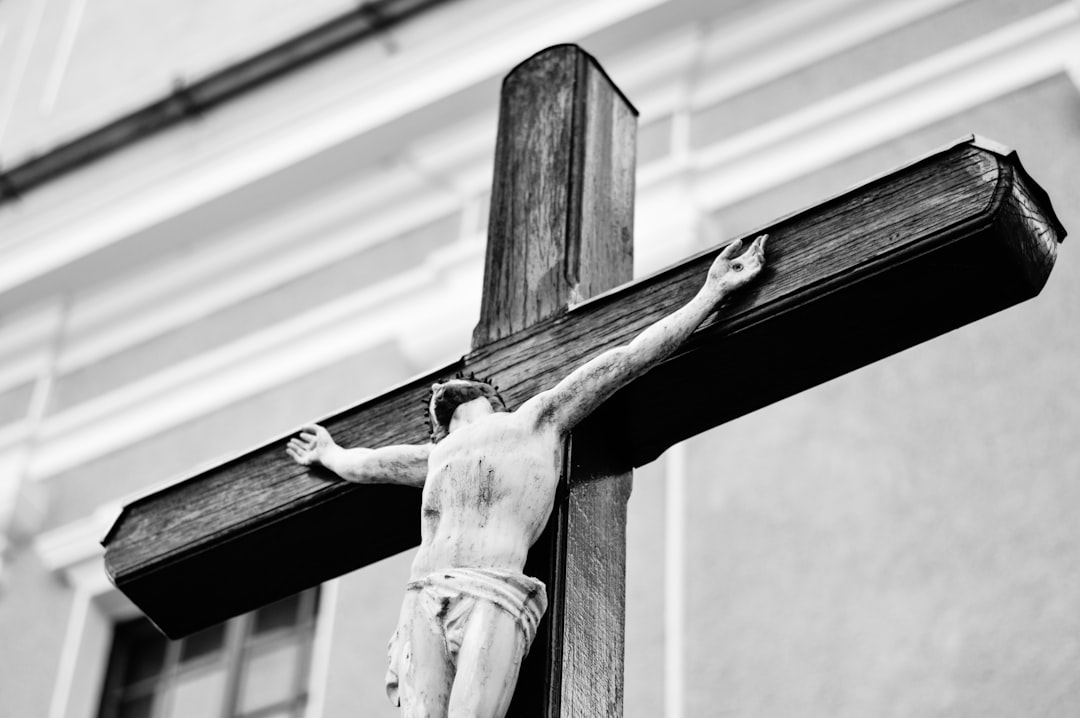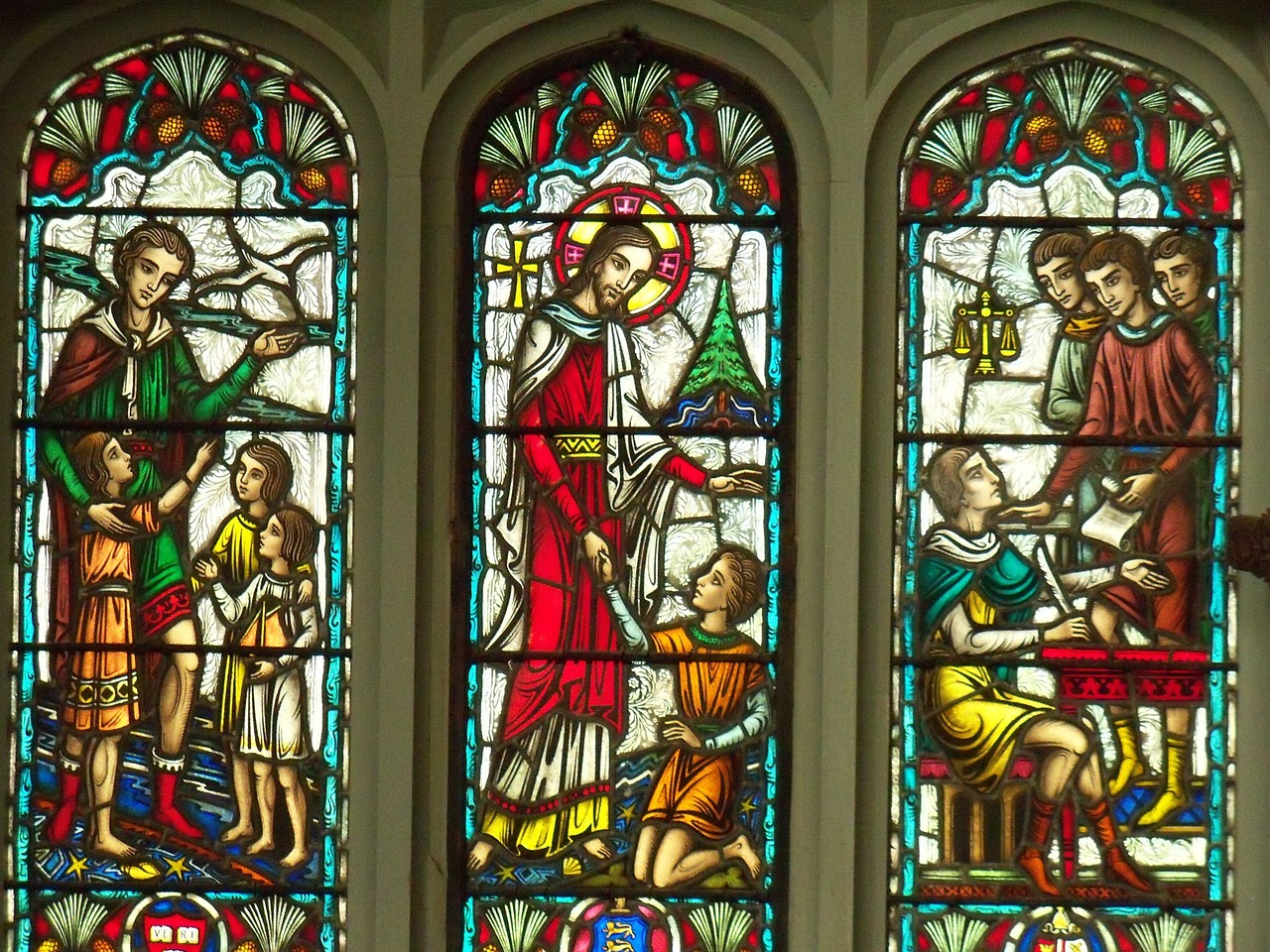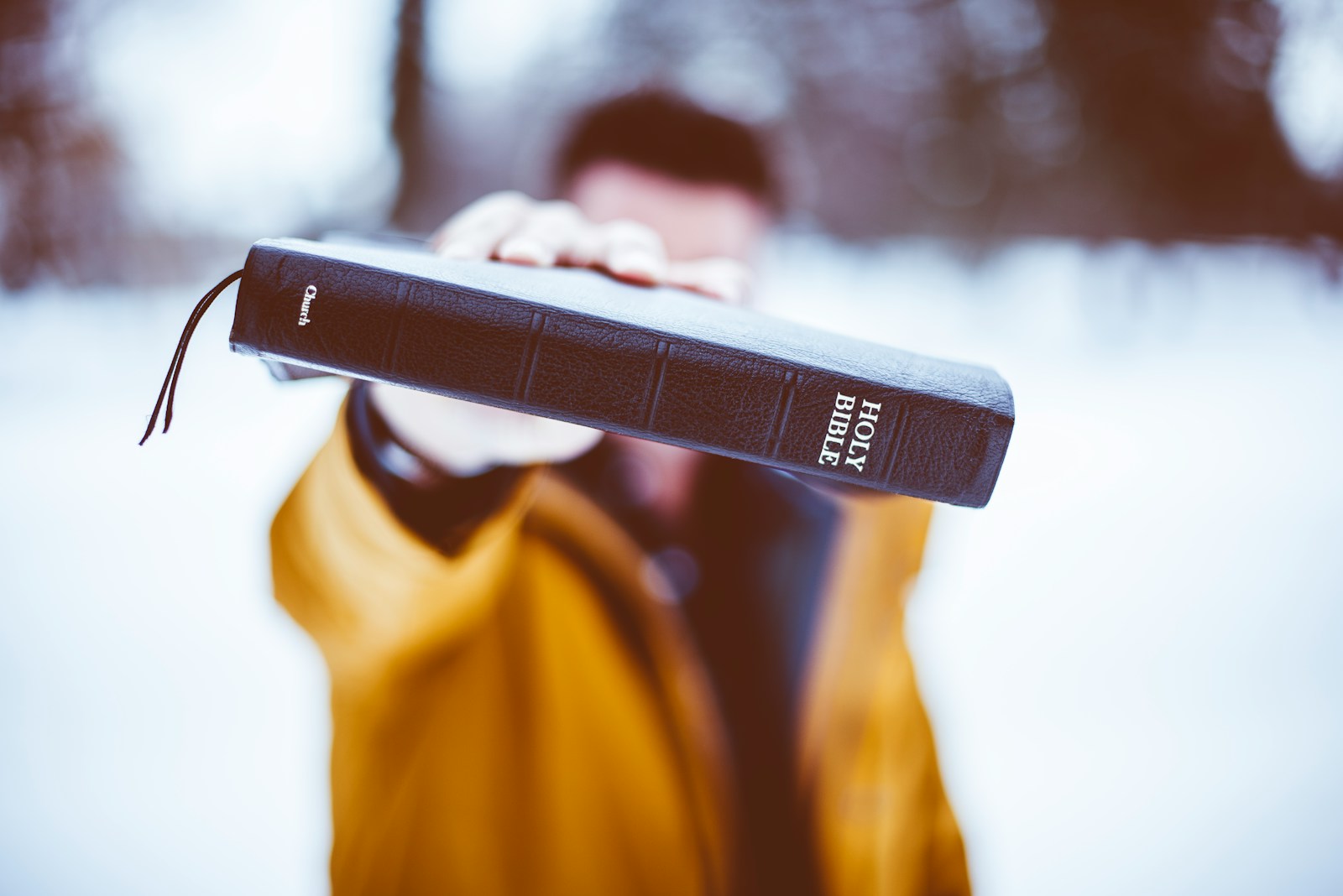Discover the prophetic agony, redemption, and Messianic prophecies found in Jeremiah 20, offering insights into the emotional struggles of the prophet and the profound significance of Jesus as the fulfillment of these prophecies.
Jeremiah 20: Prophetic Agony and Redemption
Understanding Jeremiah 20
Jeremiah 20 delves into the emotional turmoil and persecution faced by the prophet Jeremiah as he obediently conveyed God’s messages to the people of Israel. The chapter vividly portrays Jeremiah’s internal struggle, shedding light on the prophetic agony and eventual redemption he experienced.
One example of Jeremiah’s emotional turmoil is seen in verse 7, where he expresses his frustration and desire to stop speaking in the Lord’s name due to the ridicule and reproach he faced. This illustrates the intense emotional and psychological challenges that Jeremiah endured in fulfilling his prophetic calling.
Jeremiah’s plight emphasizes the human aspect of prophetic duty, showcasing the struggles and conflicts that prophets faced in delivering divine messages to the people. The emotional depth of Jeremiah’s experience highlights the complexity and weight of his role as a prophet, offering a profound insight into the personal and spiritual dimensions of his calling.
Messianic Prophecies in Jeremiah
Jeremiah 20 contains several prophecies related to the coming Messiah, reflecting the profound significance of these revelations in biblical prophecy. These prophecies include references to the Davidic “Branch,” the birth of a king and descendant of David, and the establishment of a New Covenant. These prophecies find fulfillment in the life and ministry of Jesus of Nazareth, underscoring their enduring relevance and importance in biblical history.
An example of a Messianic prophecy in Jeremiah 20 is the reference to the Davidic “Branch” in verse 11, symbolizing the future arrival of a righteous ruler from the lineage of David, which aligns with the anticipation and fulfillment of Jesus as the promised Messiah.
Another significant Messianic prophecy in Jeremiah 20 is the mention of the New Covenant, which is fulfilled in the teachings and redemptive work of Jesus Christ. This prophecy underscores the transformative impact of the Messiah’s arrival and the establishment of a new spiritual covenant, resonating with the timeless promise of divine renewal and salvation.
#Jeremiah20 #MessianicProphecy #JesusChrist #OldTestament #NewTestament #BiblicalInterpretation #Christianity #ProphecyFulfillment #Messiah #BibleStudy #ScriptureAnalysis #PropheticTexts #ChristologicalInterpretation #Theology #Redemption #SalvationHistory #BiblicalRevelation #DivinePromise #ChristianDoctrine #MessiahForetold
Jeremiah 23:3-6 and the Messiah
The prophecy in Jeremiah 23:3-6 anticipates the regathering of the people of Judah to their homeland and the arrival of a righteous branch, symbolizing the Messiah [2]. This prophecy finds fulfillment in the birth of Jesus in Bethlehem, affirming the connection between the prophetic anticipation of a descendant of King David appearing in Israel and the fulfillment in Jesus of Nazareth.
An example of the fulfillment of this prophecy is evident in the Gospel accounts, particularly in the narratives of Jesus’ birth and lineage, which establish his Davidic ancestry and the realization of the Messianic promise in the land of Israel.
Moreover, the regathering of the people of Judah to their homeland, as prophesied in Jeremiah 23:3-6, also points to the Messiah’s role in uniting and restoring God’s people. This regathering signifies the spiritual and national restoration brought about by the coming of the Messiah, emphasizing the profound impact of Jesus’ mission on fulfilling the prophetic vision of redemption and renewal.
The Resurrection of the Messiah
Jeremiah 30:9 contains a prophecy predicting the resurrection of the Messiah, which finds fulfillment in the life, death, and resurrection of Jesus Christ. This prophecy underscores the profound anticipation of the Messiah’s redemptive mission and triumph over death, as evidenced by the empirical proof and numerous Old Testament predictions that find fulfillment in Jesus.
An example of the fulfillment of this prophecy is evident in the Gospel narratives of Jesus’ crucifixion, burial, and resurrection, which validate the Messianic fulfillment of the resurrection and its central role in the redemptive work of Jesus.
Furthermore, the resurrection of Jesus not only fulfills Jeremiah’s prophecy but also serves as a cornerstone of Christian faith, offering believers the assurance of eternal life and the transformative power of Christ’s victory over death. This aspect of Messianic fulfillment profoundly impacts the Christian understanding of salvation and the hope of resurrection.
 The Reign of the “Righteous Branch”
The Reign of the “Righteous Branch”
The “righteous Branch” mentioned in Jeremiah’s prophecy signifies the Messiah’s reign as king over Israel, bringing hope and restoration to God’s people. This reign and rulership align with the Messianic promise of a renewed covenant people, reflecting the enduring significance of Jeremiah’s prophetic vision for the restoration of Israel and the fulfillment in Jesus of Nazareth.
An example of the fulfillment of this prophecy is seen in the New Testament teachings about the future reign of Jesus as the exalted King and his role in establishing God’s righteous rule over his people, affirming the Messianic promise of hope and restoration.
Moreover, the concept of the “righteous Branch” as the ruling Messiah emphasizes the transformative and redemptive nature of Jesus’ kingship, offering a vision of divine justice, peace, and restoration for God’s people. This Messianic fulfillment underscores the profound impact of Christ’s reign on the spiritual and eschatological fulfillment of Jeremiah’s prophetic vision.
 Vision of the Future in Jeremiah
Vision of the Future in Jeremiah
Jeremiah’s vision of the future provides a perspective of hope, emphasizing the great gathering and the reign of the “righteous Branch” (the Messiah) as king over Israel. This vision holds profound meaning for the restoration of the house of Israel and serves as a source of encouragement for believers, affirming the enduring relevance and fulfillment of Jeremiah’s prophetic insights.
An example of the significance of this vision is evident in the teachings of Jesus and the apostles regarding the future restoration and renewal of God’s people, which resonate with Jeremiah’s prophetic vision of hope and redemption for the house of Israel.
Furthermore, Jeremiah’s vision of the future not only offers a glimpse of the Messianic era but also provides a framework for understanding the enduring hope and divine purpose embedded in the fulfillment of God’s redemptive plan through the Messiah. This prophetic perspective shapes the Christian understanding of eschatology and the ultimate fulfillment of God’s promises in the Messianic age.
Relevance to the Church of Jesus Christ
The Messianic prophecies in Jeremiah extend their significance to the universal Church of Jesus Christ, signifying the spiritual renewal and guidance under righteous shepherds. These prophecies offer a message of hope and restoration, resonating with the faithful remnant and the spiritual renewal of God’s covenant people, illustrating the enduring relevance and fulfillment in Jesus of Nazareth.
An example of the relevance of these prophecies to the Church is evident in the New Testament teachings about the fulfillment of Old Testament prophecies in Jesus Christ and the spiritual renewal and guidance provided to believers through the Messiah’s redemptive work.
Moreover, the Messianic prophecies in Jeremiah not only provide historical and theological insights but also offer the universal Church a profound sense of continuity with God’s redemptive plan. The fulfillment of these prophecies in Jesus Christ establishes a spiritual connection between the Old Testament promises and the transformative impact of the Messiah’s arrival on the Christian faith and the global community of believers.
Conclusion
In Jeremiah 20, the prophetic agony and redemption intertwine with profound Messianic prophecies, reflecting the timeless significance of the coming Messiah as foretold in biblical prophecy. The fulfillment of these prophecies in Jesus of Nazareth underscores the enduring relevance of Jeremiah’s premonition of the coming Messiah, affirming the profound connection between the prophetic revelations and their realization in the life, ministry, and redemptive work of Jesus Christ.

 The Reign of the “Righteous Branch”
The Reign of the “Righteous Branch” Vision of the Future in Jeremiah
Vision of the Future in Jeremiah

